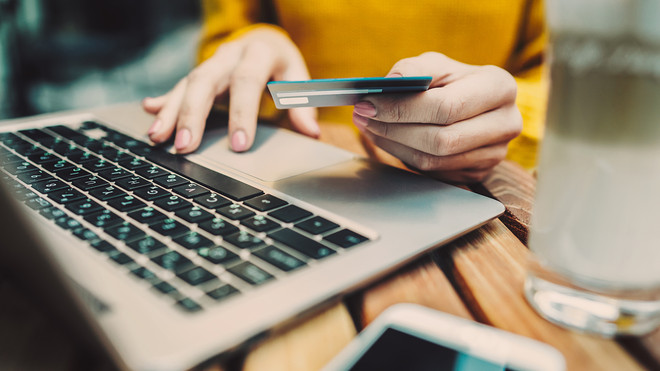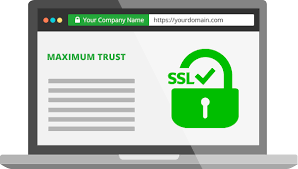Shopping online: How to protect yourself
- Learning for Life and Work

- Jun 6, 2020
- 2 min read
Updated: May 15
Identity theft happens when criminals deliberately set out to gather and collect someone else's information such as their name, date of birth, address where they live. This information can be found on documents often thrown into the bin or if that person's online account has been hacked.
After identity theft happens, the thief/criminal usually goes on to commit identity fraud. Identity fraud is the deliberate use of someone else's identity to commit a financial crime by buying goods/services, pretending to be someone else, using their card/bank details.
Shopping online can be convenient, but it's important to stay safe and protect yourself against identity theft and fraud
Here are strategies to help protect you against identity theft and fraud while shopping online:
1. Type the web address
Manually type in the URL/website address of the place where you want to shop online. Sometimes just searching for a store can lead you to visiting websites that look like the place you want to buy from but they are not authentic.
Use a Credit Card
Using a credit card rather than a debit card can offer better fraud protection. Many credit cards have built-in features to help you if something goes wrong. If you use a debit card to pay and the money is out of your bank account, it is much harder to prove that this was a fraudulent transaction.
3. Use Security Software
Install and regularly update security software on your computer to protect against viruses and malware. This adds an extra layer of protection when shopping online.
Use a recognised online payment system
Use a recognised, online payment system such as PayPal or Google Wallet to send and receive money online as they can protect you against fraud.
5. Check Website Security
Before entering any payment details, make sure the website is secure. Look for "https" in the URL and a padlock symbol. These indicate that the site uses encryption to protect your information.
6. Create Strong Passwords
Use strong, unique passwords for your online accounts and change them regularly. Avoid using easily guessable passwords like "123456" or "password." Strong passwords make it more difficult for others to access your account.
QUESTIONS YOU COULD BE ASKED:
Explain two strategies to protect yourself from fraud while shopping online. (4marks)
Use secure websites with "https" in the address and a padlock symbol, which shows the site is encrypted and safer for payments. (2 marks)
Avoid using public Wi-Fi when entering personal or payment details, as it can be easily accessed by hackers. (2 marks)
You should also read:











Comments